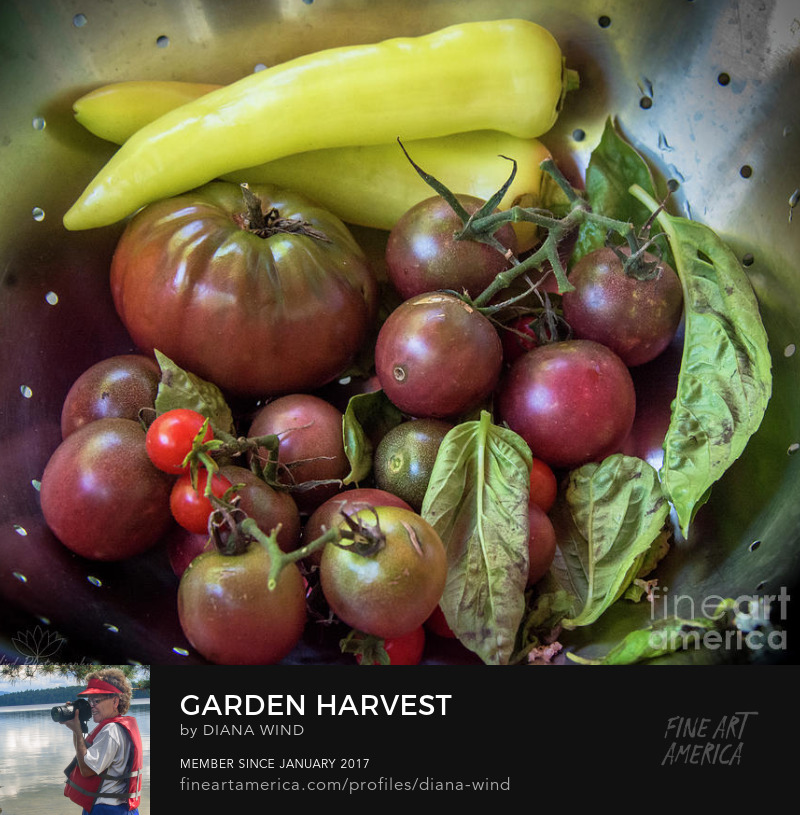S I C I L Y
David Iverson, owner and operator of A Cook’s Tour, led the memorable 10-day Sicily tour, which was sponsored by the Food and Culinary Professionals Group of the Academy of Nutrition and Dietetics (formerly the American Dietetic Association). Dietetic Practice Group (DPG) members were able to invite family and friends too. It was truly a trip of a lifetime. I'll be blogging about it in segments as I finish sorting through the thousands of photographs my husband, Harry, and I took. Some parts will be published in other sites and links will be posted. We passed and visited historic sites throughout the island, including temples, cathedrals and beach fronts walked upon in World War II's allied invasion of Italy. Outside the cities, Sicily's mountainous and rolling landscape is primarily farmed. Grape vines, olive trees, wheat, prickly pear cactus, artichokes, tomatoes, eggplant and other veggies grow - often under hoop houses - as far as the eye can see.
Expect to see many photos and blog posts centered around some of my personal interests of cultural food practices of Sicily, gardens, artisan tiles, pottery and Sicilian baking and pastry.
Sicilian Culture and Cuisine
Palermo, Sicily - day 1
Traveling from New Jersey, Harry and I arrived a day before the group, so we could adjust to the 6-hour time change. We didn't waste any time checking out the surroundings and took a walk through town discovering the beautiful bay on the Tyrrhenian Sea. We didn’t realize at the time that our cooking class the following day would be at one of the seaside Palazzos we passed along the waterfront.
We came across a gelateria and stopped for gelato. I got a scoop of pistachio gelato served atop a waffle; Harry ordered coffee gelato served the same way. Our Sicilian gelatos were topped with fresh kiwifruit. I noticed kiwi was served in restaurants throughout Sicily.
As we turned the corner, we discovered Orto Botanico, Palermo's Botanical Gardens, managed by the University of Palermo. Of course, we stopped in to visit. It was much more informal and less busy than Longwood Gardens in PA, back near home. We were on our own and took our time strolling around looking at the hundreds of tropical plants from all around the world.
It began to rain, but that didn't stop us. Oranges and tangerines were ripe and falling to the ground. A passer by encouraged us to pick fruit from one of the trees for a healthy snack, which we did. We stood by a trash can as we peeled and ate our hand-picked citrus fruits.
We were surprised that the weather in Sicily was similar to our April Spring weather in New Jersey - cool, not warm like we thought it would be in the Mediterranean. We wished we had packed sweaters and more long sleeved shirts. The locals were dressed in fall attire. Some families had their children wearing winter parkas and scarfs.
Day 2 Sicily highlights coming soon!
Related Links
A Cook's Tour Italian Gelato Flavors
Food and Culinary Professionals









































